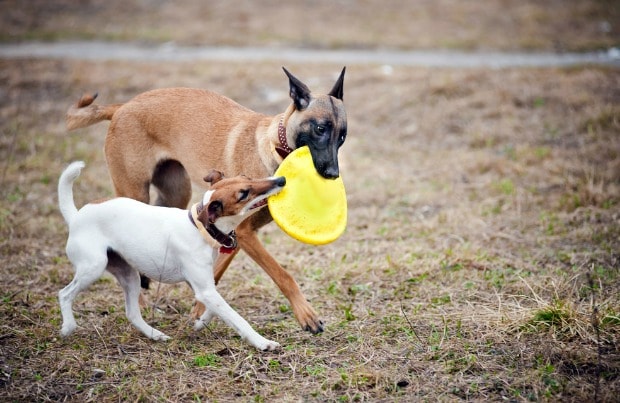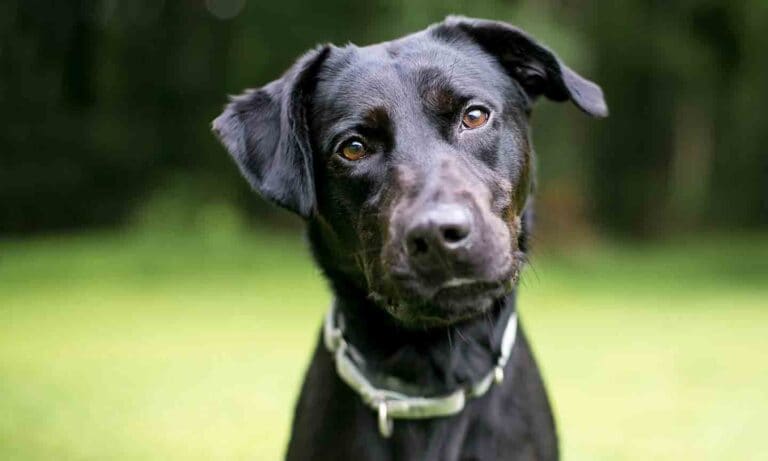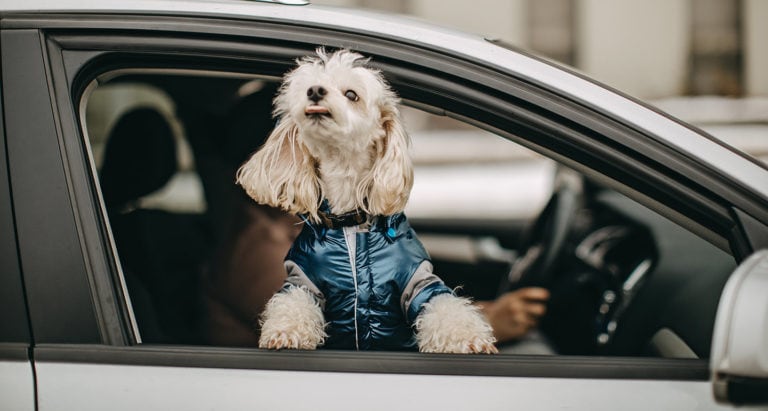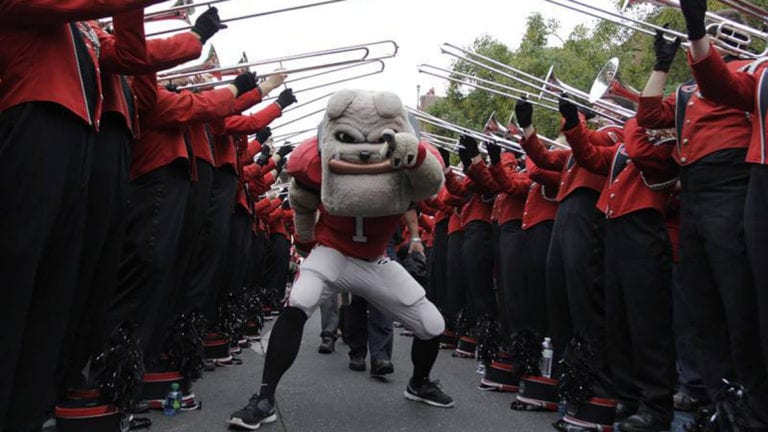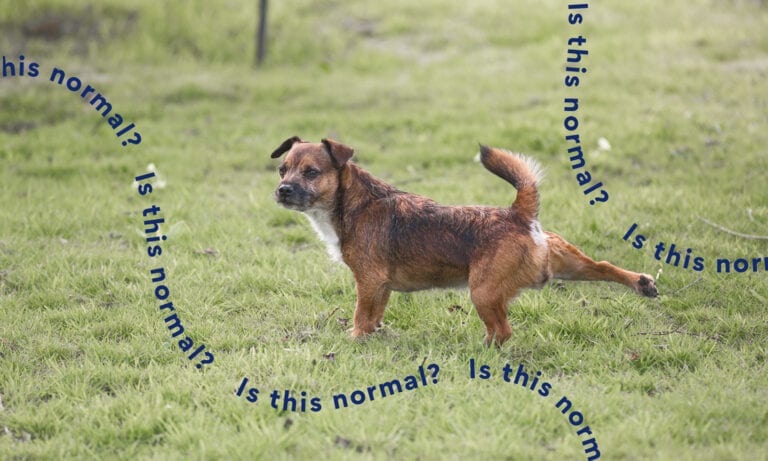Dog play is intense—full of growls and bites—and it can be challenging to decipher normal play interactions from inappropriate play. As your dog’s advocate, it’s important to learn the difference between the two and intervene when necessary. Occasionally, a dog’s discomfort during a play session isn’t immediately apparent to us, and what looks like a mutually enjoyable romp at first glance might actually be escalating. The goal is to understand the quality of the play as it evolves during the session, and be ready to intervene before it goes from a good time to a battle.
What Does Inappropriate Play Look Like?
Dog play is a highly-stylized version of behaviors that look like fighting. Nipping, pinning and chasing are performed in such a way that the players understand that even if it looks intense, it’s all in good fun. Happy play is exaggerated, with flourishes like spins and leaps that make it clear that no one is going to get hurt. Play that’s starting to tip over to inappropriate lacks the loose bounciness and panting, happy face. You might notice one of the dogs exhibiting a conservation of movement that looks intense, meaning, a dog might stalk the other dog with a hard stare and a closed mouth and then go for a direct takedown instead of jumping from side-to-side then playfully rolling the other dog. This type of focus is a major red flag that the play isn’t play at all and should be interrupted immediately.
Types of Dog Play and Their Rules
Most dogs have a preferred play style. Some enjoy chasing, some like to be chased, and others enjoy paw-to-paw combat on the ground. One of the secrets to avoiding problems is matching up appropriate play partners. Pairing a boundary-crossing wrestler with a buffer-craving chaser is bound to lead to disappointment, or worse, a scuffle, since neither dog is getting the kind of interaction he wants. That said, it’s possible for a good time to tip over into overstimulation (even in well-matched play partners) particularly when the dogs have been playing together for an extended period without a break. You can test your dog’s opinion of his play partner by interrupting the action for a moment and checking to see if your dog is eager to get back to his playmate. If he opts to hang close to you and ignore the other dog, take a breather and allow the dogs to cool down, or end the play session.
Another festering problem is a lack of give and take between the players. Once dogs understand their roles – are we wrestling or chasing? – you should notice mutually respected pauses during the game (even if they’re only for a few seconds), and better yet, occasional role switching. That means that sometimes the chaser becomes the chasee, or the wrestler on the bottom of the scrum assumes the top position. Appropriate players will self-handicap if there’s a major size or speed difference between the dogs, so that the smaller dog is occasionally allowed to vanquish the larger dog, and the faster dog will slow down so that his buddy can eventually grab him. There are exceptions to this rule, particularly with play partners with a long history together.
Once dogs understand their roles – are we wrestling or chasing? – you should notice mutually respected pauses during the game
A related problem is relentlessness on one side of the play equation. It’s inappropriate if one dog attempts to pause the interaction and the other continues to try to engage. A cornerstone of good play is mutual understanding between the players as to what’s enjoyable for their partner and what isn’t. However, missteps happen during play, and occasionally one dog will push too hard. The other dog might remind him of his lack of manners with a brief correction, to which the pushy dog should respond by backing off. The problem arises when the pushy dog doesn’t recognize the “no thank you” signal from the overwhelmed dog and continues to try to get him to play. This breach of canine communication is a form of bullying, and can lead to escalation between the dogs.
Group play can often blur the lines of what’s appropriate and what isn’t, because the important signaling that goes on during constructive play often gets lost in the shuffle. The “we’re just having fun” behaviors might not be as obvious when there are extra players to worry about, which can lead to misunderstandings. Group play can also lead to ganging up on one dog. If you notice multiple dogs chasing or pinning one specific dog continuously without any pauses or role switching, take a close look at the dog on the receiving end. If it seems like he’s trying to escape the other dogs whether by hiding or lashing out at them, end the play session. Sometimes taking one dog out of the group can turn a disastrous interaction into a perfectly acceptable play session.
Understanding Your Dog’s Play Style
Of course, there are exceptions to these examples. Some dogs enjoy getting relentlessly tackled during a play session, or chased nonstop. Knowing your dog’s preferences will help to ensure healthy play, along with recognizing when the interaction has run its course. Understanding your dog’s like and dislikes, supervising the interaction closely and intervening if things take a turn will ensure positive play sessions, and a tired and happy dog.

Victoria Schade is a dog trainer, author & speaker who has contributed to The Washington Post, Martha Stewart, and other publications.
Share:
